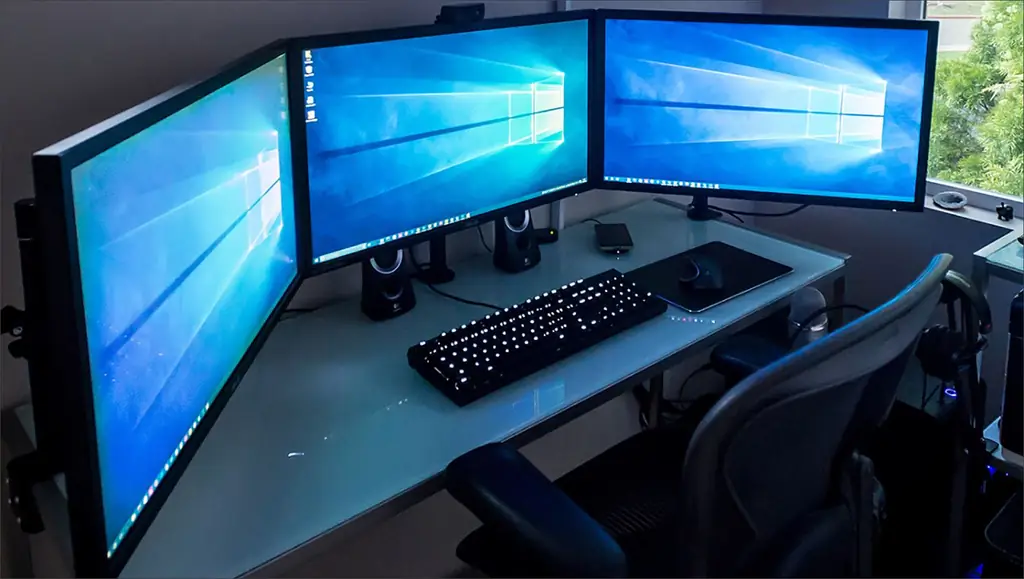
Table of contents:
- Author Bailey Albertson [email protected].
- Public 2023-12-17 12:53.
- Last modified 2025-01-23 12:41.
How to adjust the screen resolution in Windows 10
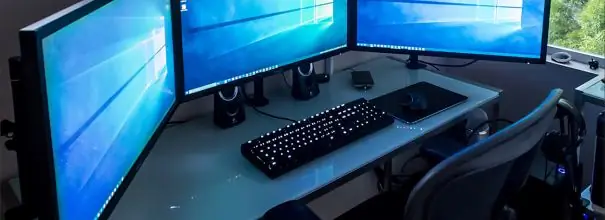
The screen resolution affects a lot, but the main thing is the quality of displaying images. The Windows 10 operating system allows you to change and adjust the resolution without much effort or third-party software. Problems that can potentially arise during the setup process can be fixed by yourself.
Content
- 1 What is screen resolution
-
2 Screen resolution settings
- 2.1 How to find out the screen resolution
-
2.2 How to change the screen resolution
2.2.1 Video: Ways to Change Screen Resolution
- 2.3 How to change the screen orientation
-
2.4 How to set up a second monitor
2.4.1 Video: how to connect and configure a second monitor
- 2.5 How to set a custom resolution
-
3 Possible Problems with Display Settings and Solutions
- 3.1 "Screen options" do not open
- 3.2 Other problems
What is screen resolution
Resolution is the number of pixels displayed on the screen. The higher the resolution, the denser the pixels are and, accordingly, the sharper the image. If you decrease the resolution setting, you can even see from afar that everything happening on the monitor consists of squares.
The only negative side of high resolution is the increased load on the video card, since it is she who is responsible for displaying images on the screen. If you have a slower computer, you may have to sacrifice quality to avoid freezes and improve performance.
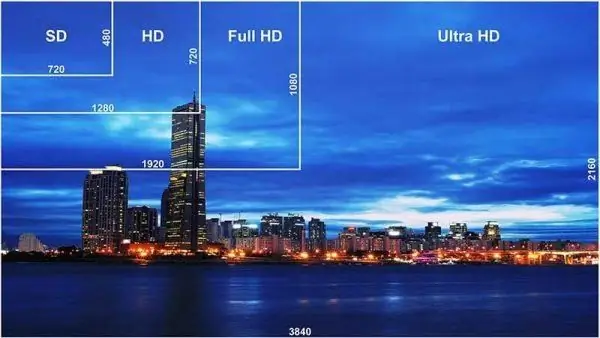
Monitor image quality improves with pixel densification
Of course, the higher the pixel density, the better. But keep in mind that not all values suggested by the system are supported by your monitor. It may happen that the selected resolution is too high, then the message "Unable to display" will appear on the screen. Some indicators can be displayed on the screen, but at the same time they will blink, twitch, look clumsy and fly off. This suggests that the aspect ratio of your monitor does not fully display the value of horizontal to vertical pixels you have chosen.
Your best bet is to read the documentation that comes with your monitor. The instructions should indicate which resolution is optimal. Or you can try all the values one at a time until you find the best one.
Screen Resolution Settings
The screen resolution can be changed depending on the user's tasks and the load on the computer. But first, it's worth finding out what parameters are currently set for you.
How to find out the screen resolution
It's very easy to do this in Windows 10. Follow the steps:
-
Right-click on an empty space on the desktop, in the menu that opens, select the "Display settings" block.

Desktop options menu To see what screen resolution is currently set, go to "Display settings"
-
Scroll through the list of settings to the "Resolution" item. In it you will see the value currently set.

Screen Settings Menu In the screen parameters, you can find out and, if necessary, change the resolution value
How to change the screen resolution
It doesn't matter if you're setting up a personal computer or laptop, changing the resolution settings will be the same. There are several ways to accomplish this procedure:
-
Changing the resolution through "Screen settings":
- through the context menu of the desktop, go to the display settings (as indicated in the previous instructions);
- in the item "Resolution" you can choose a higher or lower quality by expanding the list;
-
when set a new value, the system will offer to look at the changes for 10 seconds. If the resolution suits you, in the window that appears, click "Save" before the time expires. If the new resolution does not suit you, do not touch anything or press Esc to quickly exit.

Window with a request to save the current display parameters You can save the display parameters if everything suits you, or change them again
-
Changing the resolution through the "Control Panel":
-
open the "Control Panel" using the system search bar;

Search bar in Windows 10 You can also change the screen resolution through the "Control Panel"
-
select the "Screen" block and go to the resolution settings by clicking the button in the left part of the window;

Screen options content To view and change the display settings, open the section "Adjusting the screen resolution"
-
the window that opens contains the extension and orientation settings. If there are several screens, you can switch between them. Using the "Find" and "Define" buttons, the search for other, yet unidentified, monitors is started.

Adjusting the screen resolution section in Windows 10 In the screen resolution settings, you can change the values of various parameters
-
-
Change the resolution through the video card settings. The video card is responsible for supporting various resolutions. Most manufacturers create and automatically install their own programs on all computers that allow you to control the video card and related processes. To use this method, follow these steps:
-
right-click on the free space on the desktop and select from the list that appears the section with the name of your video card, you can also find it by the company icon;

Parameters window To change the display settings through the video card, open its settings program
-
Find and set the desired screen resolution and orientation settings; do not forget to save your changes before exiting.

NVIDIA Control Panel In the video card settings program, you can set the desired screen resolution
-
Video: Ways to Change Screen Resolution
How to change screen orientation
If you have a non-standard monitor, for example, one stretched vertically upwards rather than horizontally like most, it is worth setting the correct orientation for it. By default, the settings are set to "Landscape". But you need to set it to portrait, landscape upside-down or portrait orientation. This can be done in the "Display settings" section in the "Orientation" line.

Determine which screen orientation is right for your monitor and set it
How to set up a second monitor
If you want to work on two monitors at once, the settings will look like this:
- While in the first monitor settings, open "Display Settings".
-
In the "Multiple Displays" section, click "Detect".

Contents of the "Display Settings" section To locate and fix the second monitor, use the Detect function
When the system scans all ports and the connected monitor is found, it will be displayed in the settings. Each screen can be configured separately: select a resolution, orientation, personalization options for it.
Video: how to connect and configure a second monitor
How to set a custom resolution
If you went into the monitor settings and did not find a suitable resolution or want to choose the number of Hz yourself, you will have to resort to the deeper parameters of the video card:
-
While in monitor settings, open "Graphics adapter properties".

Possible settings in the "Display settings" section If you want to choose the required mode yourself, go to the "Graphics adapter properties" for further configuration
-
In the window that opens, click "List of all modes".

Graphics adapter properties window Select "List of all modes" to view it
-
In the list that appears, find the value that suits you. Then save your changes.

List of modes of resolution and number of Hz Explore the list of available modes and select the appropriate
Potential Display Settings Problems and Solutions
Sometimes, Windows 10 users may encounter screen-related issues on their computer or laptop. The monitor suddenly starts to "blink", independently changes the resolution or, conversely, refuses to install it, the picture is stretched or deformed, and the screen parameters do not open. Let's consider what to do in such situations.
Screen Options won't open
First, do not forget that there are several alternative ways to customize the screen (described in the "How to change the screen resolution" section). Secondly, if you still want to fix the settings, then download the official program from Microsoft here. Run it and all you need to do next is to click on the "Next" button until the system notifies you that the problem has been fixed.

After downloading, the program from Microsoft will fix the errors that appear
Other problems
If your problem is that the screen "blinks", stretches, its resolution changes regardless of your actions, or does not change at all, then the solution is as follows:
- Try setting a different resolution first. The monitor may not be able to correctly display the density you selected, therefore it produces artifacts.
- Then check the cables connecting the monitor and computer. If they are damaged, detached or made poorly, the image may "break". If possible, try connecting other wires and starting the computer with them without changing the settings. This will help you understand whether the problem is physical or systemic.
-
If the previous steps did not fix the situation, update the drivers. Pay attention to both the drivers of the monitor itself and the software for the video card, since due to its incorrect operation, malfunctions with the monitor are also possible. Follow the steps:
-
go to "Device Manager" through the "Start" menu;

Start Menu Contents You can cope with the screen problems that have arisen through the "Device Manager"
-
open the properties of the video adapter used in your assembly;

Device manager content Right-click on the name of the video adapter and go to the "Properties" section to continue configuring
-
go to the Details tab and copy the hardware ID. Use it to find drivers for your video card on the Internet. The main thing is to download files only from the official website of the manufacturer, otherwise you risk getting on a low-quality product or malware;

Adapter Properties Window On the "Details" tab, you can also find out the name of the adapter and the version of the installed drivers
-
after downloading the file, return to the "Device Manager" and start the update;

List of devices in the manager To start the process, click on the start driver update button
-
when choosing the update method, go to manual installation: specify the path to the previously downloaded file and wait for the system to finish the process;

Driver search selection window Select manual installation to use the downloaded graphics driver
- repeat all the above steps for the monitor, then restart your computer and check if the problem is gone.
-
Choosing the correct screen resolution is very important, as viewing a fuzzy picture on a blinking monitor will lead to a decrease in the level of vision. Do not forget about the balance of quality and performance. And remember that in addition to the standard extensions offered in the display settings, there are additional ones that are located in the properties of the graphics adapter.
Recommended:
When Kittens Change Their Teeth, At What Age Does Milk Change To Permanent Ones, How To Care For A Pet During This Period
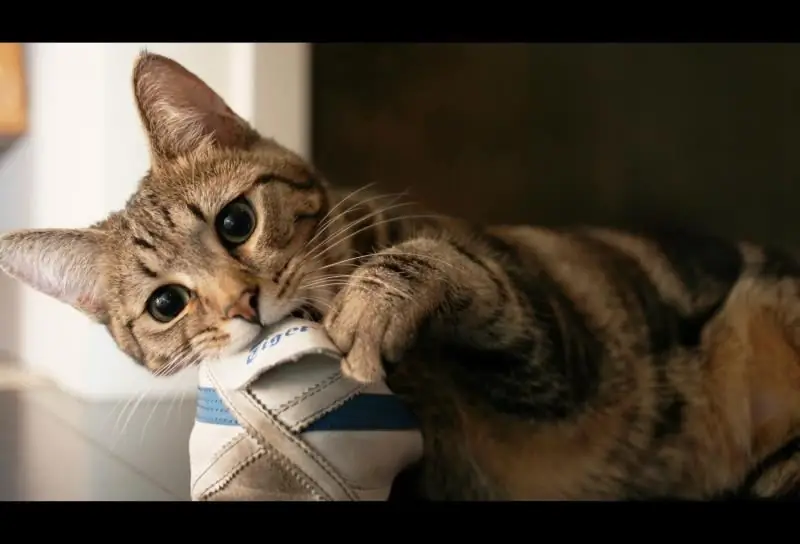
How does a cat's teeth form and change; what is normal and what is not; when to see a doctor, how to take care of a kitten, veterinarian advice
Adjusting The Brightness Of The Windows 10 Screen - How To Increase, Decrease, Adjust, Etc., What Problems Can Occur And How To Fix Them
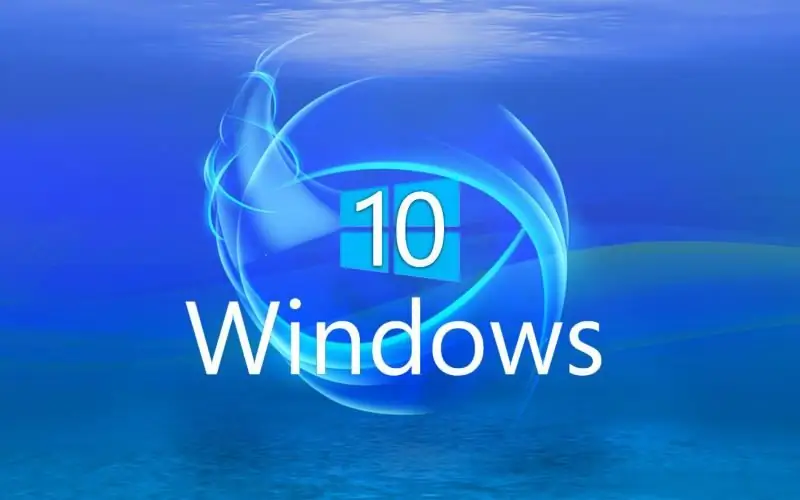
How to change the brightness level in system settings. How to enable auto-regulation. What to do if the screen blinks or there are no brightness settings
How To Check A House For Internet Connection Or Find Out Which Provider Serves It

How to find out if it is possible to conduct the Internet in a certain house. How to determine which providers are currently serving a building: help desks and sites
How To Find Out The Balance On A Personal Account For The Internet Rostelecom: The Main Methods Of Verification

Why do you need a personal account and how to find out its number - different ways. How to find out the amount of funds remaining on the account - several methods
How Many Days After The Act Can You Find Out About Pregnancy, Learn About Conception By The Test, Before The Delay And After

When the first signs of pregnancy appear. When to take a pregnancy test. Blood test for hCG. Ultrasound to detect pregnancy. External signs
